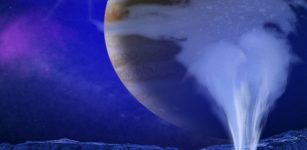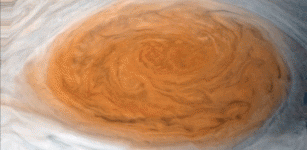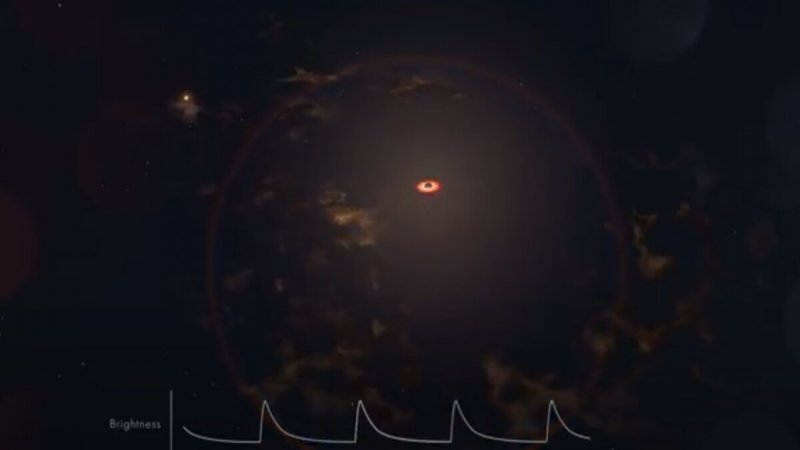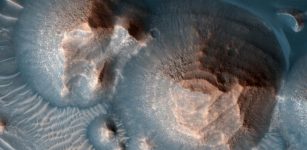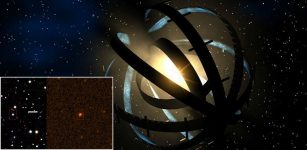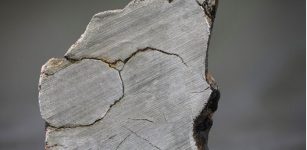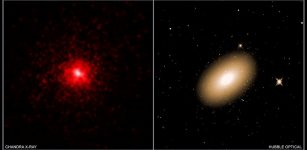Evidence For Ancient Glaciation On Pluto – New Study From SETI Institute
MessageToEagle.com – A study led by SETI Institute scientist Oliver White and his team shows that an excessive amount of washboard and fluted ridges found on Pluto’s surface could indicate ancient glaciation.
Researchers used imaging data returned by NASA’s New Horizons spacecraft, which flew past Pluto in 2015, as well as topographic maps generated from this data.
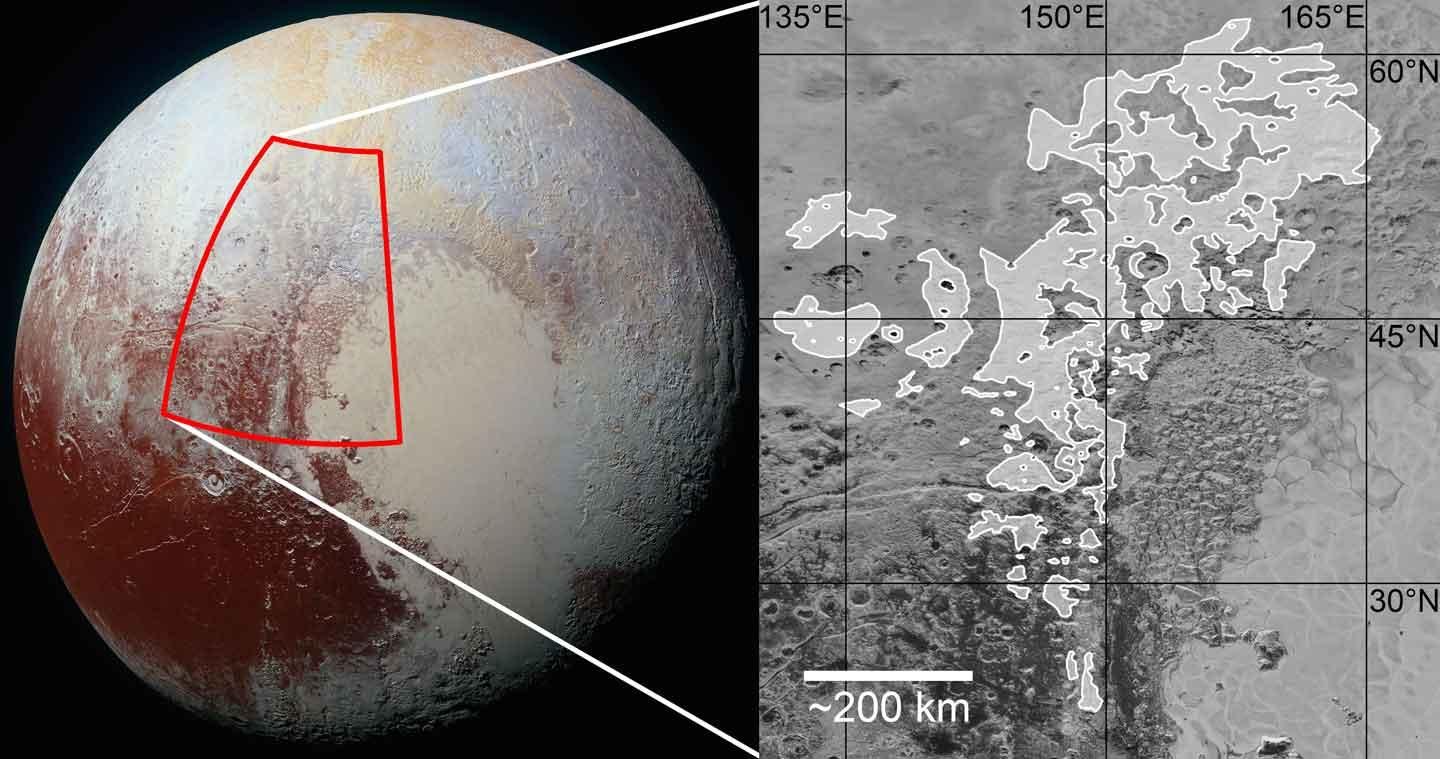
Washboard ridges occur in level settings within valley floors, basins and uplands, whereas fluted ridges are seen on steeper spurs, massifs (or compact group of mountains) and crater walls that separate basins and valleys.
Much of the evidence have been found in the landscape that border the vast nitrogen ice plains of Sputnik Planitia along its northwest margin (Figure 1), and which are amongst the most enigmatic landforms yet seen on Pluto. These terrains consist of parallel to sub-parallel ridges that display a remarkably consistent ENE-WSW orientation, a configuration that does not readily point to a simple analogous terrestrial or planetary process or landform.
The aim of Dr. White’s research is to use mapping and analysis of the morphometry (the process of measuring the external shape and dimensions of landforms) and distribution of the ridges to determine their origin and to understand their significance within the overall geologic history of Pluto.
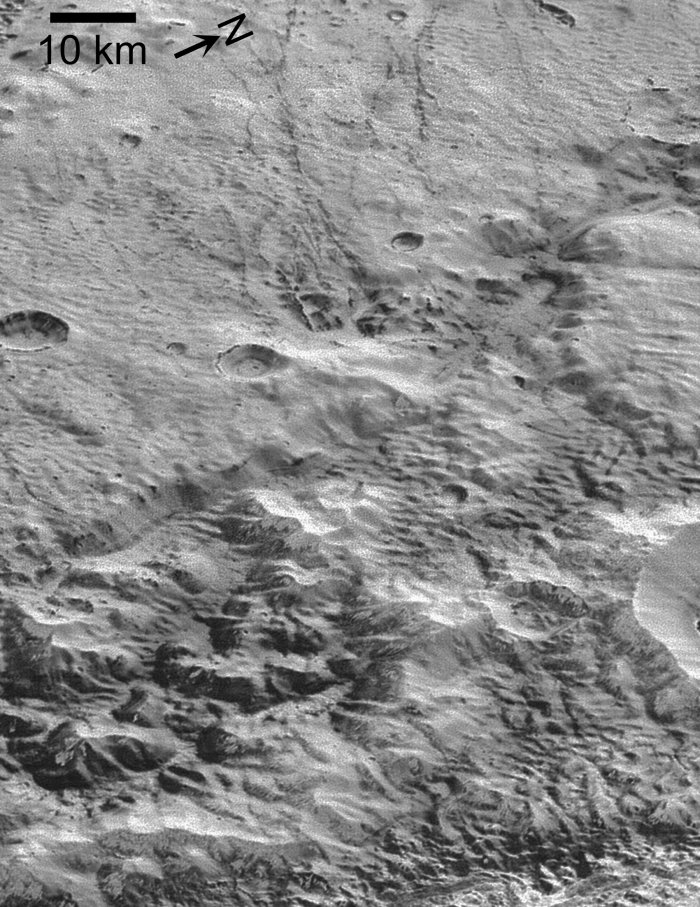
The washboard and fluted terrain is seen up close in Figure 2, in which illumination is from the top. They occur at the location on Sputnik Planitia’s perimeter where elevations and slopes leading into the surrounding uplands are lowest, and also where a major tectonic system coincides with the edge of Sputnik Planitia.
The low elevation of the area makes it a natural setting for past coverage by nitrogen ice glaciers, as indicated by modeling of volatile behavior on Pluto performed by Dr. Bertrand at Ames.
Through comparison of the washboard and fluted texture with parallel chains of elongated sublimation pits (depressions in the surface formed where ice turns directly into a gas) seen in southern Sputnik Planitia, the ridges are interpreted to represent water ice debris liberated by tectonism of underlying crust.
“These terrains constitute an entirely new category of glacial landform that is unique to Pluto, and represent geological evidence that nitrogen ice glaciation was more widespread across Pluto in its early history prior to the formation of the Sputnik basin, “Dr. White said.
“The dense spacing of the ridges allows us to precisely map out the past coverage of the glaciation that deposited them, which extended across at least 70,000 km2 of Pluto’s uplands (larger than the state of West Virginia)”.
Read original story – here
MessageToEagle.com

